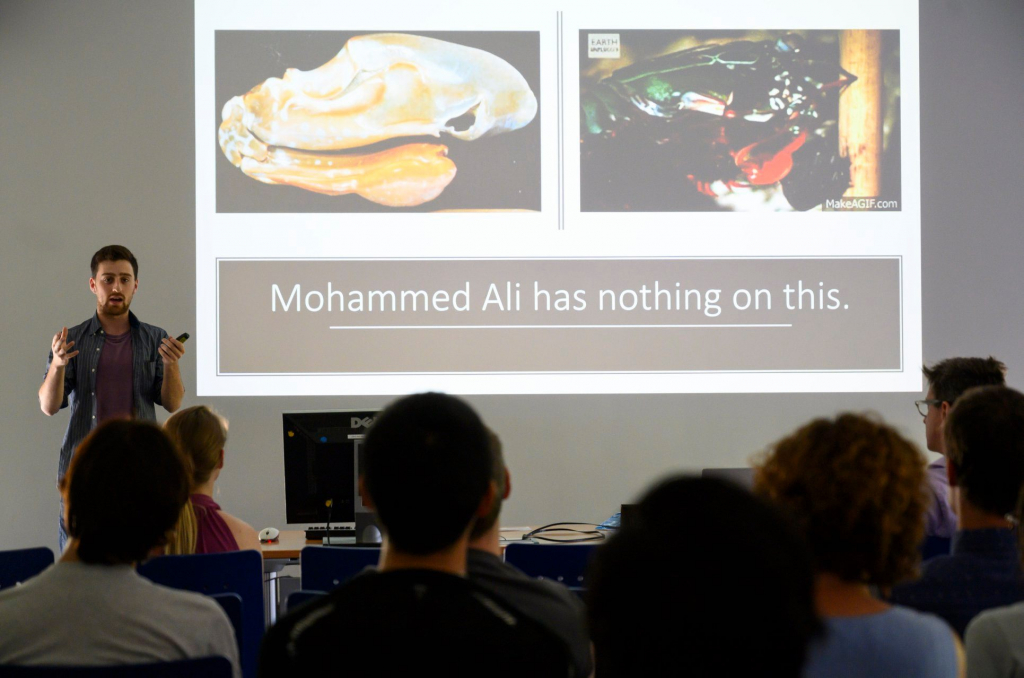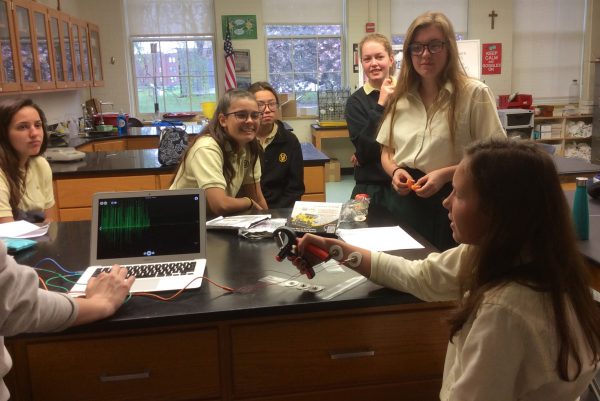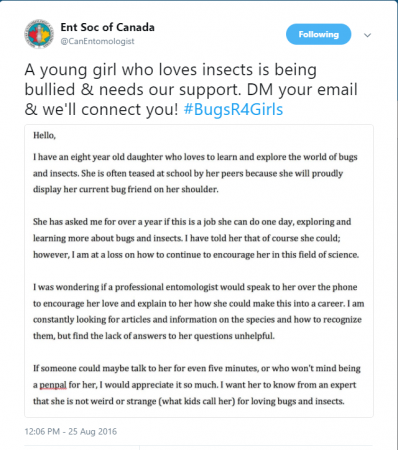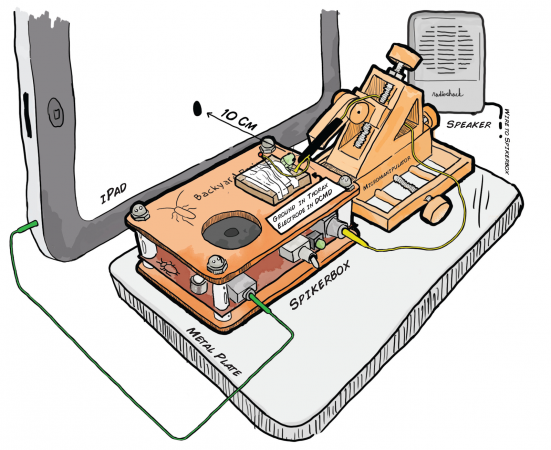-
 EducationIn an article we previously published in June 2022 about our scientific paper that dealt with play behavior in fish, I concluded at the end of the article: “I think it is possible for novices and high school students to publish papers (and it is the dream and goal of our team)… That is why we […]
EducationIn an article we previously published in June 2022 about our scientific paper that dealt with play behavior in fish, I concluded at the end of the article: “I think it is possible for novices and high school students to publish papers (and it is the dream and goal of our team)… That is why we […] -
 EducationHot off the presses! Read all about it! Mantis Shrimp Wrangler Extraordinaire Dan has been published! Backyard Brains Senior Fellow Dan Pollack has had his research published in JUNE, the Journal for Undergraduate Neuroscience Education: “An Electrophysiological Investigation of Power-Amplification in the Ballistic Mantis Shrimp Punch.” The paper offers a rundown of Dan’s research, culminating in […]
EducationHot off the presses! Read all about it! Mantis Shrimp Wrangler Extraordinaire Dan has been published! Backyard Brains Senior Fellow Dan Pollack has had his research published in JUNE, the Journal for Undergraduate Neuroscience Education: “An Electrophysiological Investigation of Power-Amplification in the Ballistic Mantis Shrimp Punch.” The paper offers a rundown of Dan’s research, culminating in […] -
 EducationBackyard Brains always loves hearing about our equipment making its way out into the world and into a classroom, so we were thrilled to hear from Dr. Nancy Cowdin, a Neuroscientist and Science teacher at Georgetown Visitation Preparatory School. Dr. Cowdin recently taught an elective course in Neuroscience where seniors at the all-girls high school […]
EducationBackyard Brains always loves hearing about our equipment making its way out into the world and into a classroom, so we were thrilled to hear from Dr. Nancy Cowdin, a Neuroscientist and Science teacher at Georgetown Visitation Preparatory School. Dr. Cowdin recently taught an elective course in Neuroscience where seniors at the all-girls high school […] -
 EducationLast year, Sophia, 8, a young entomologist, was being bullied at school because of her excitement for and interest in bugs and science. Now, just one year later, she has been published as a junior author in the Annals of the Entomological Society of America! With a craving which couldn’t be curbed to capture, observe, befriend, […]
EducationLast year, Sophia, 8, a young entomologist, was being bullied at school because of her excitement for and interest in bugs and science. Now, just one year later, she has been published as a junior author in the Annals of the Entomological Society of America! With a craving which couldn’t be curbed to capture, observe, befriend, […] -
 EducationAre you fast enough to catch a grasshopper with your bare hands? Might be tricky, because grasshoppers are quick to react to potential threats! This reaction time is thanks to a very specific, visual neural circuit in the grasshopper. By recording from this circuit in a living grasshopper prep, we can record the spikes that […]
EducationAre you fast enough to catch a grasshopper with your bare hands? Might be tricky, because grasshoppers are quick to react to potential threats! This reaction time is thanks to a very specific, visual neural circuit in the grasshopper. By recording from this circuit in a living grasshopper prep, we can record the spikes that […]